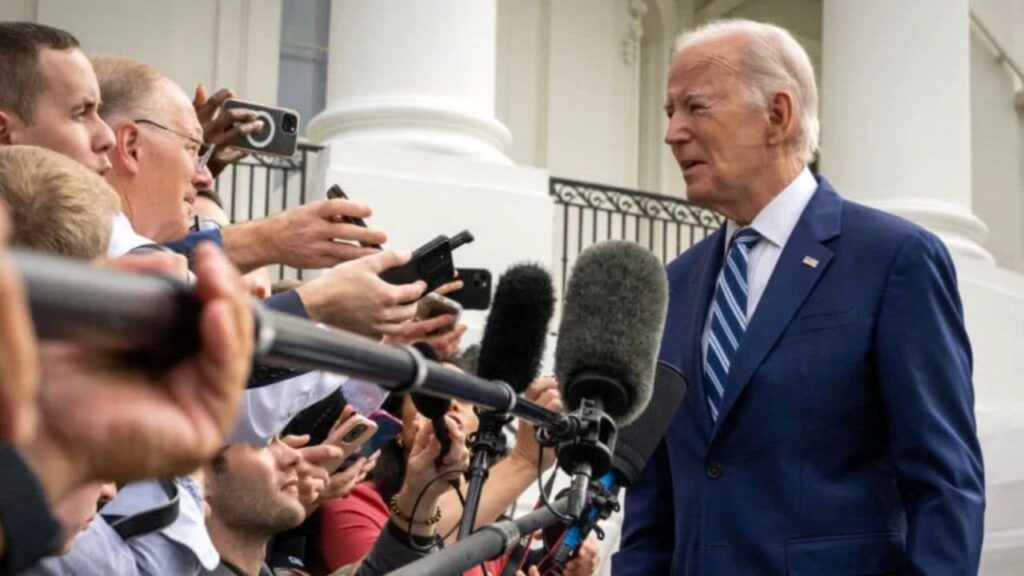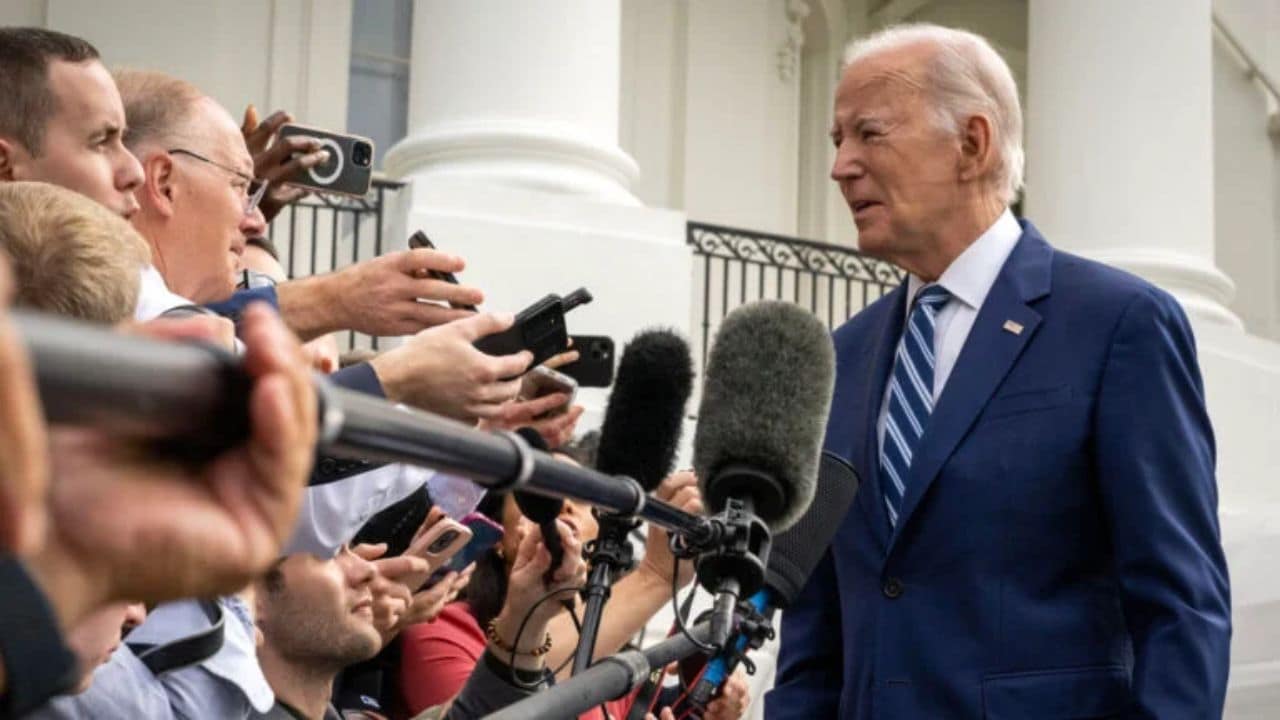Biden rent cap, 5% rent increase cap, housing costs, rental market, Biden housing policy, rent control, affordable housing, housing inflation, rent prices, US housing market
President Biden proposes a 5% cap on annual rent increases for major landlords to address rising housing costs and inflation. Learn about the proposal, its implications, and the broader context of US housing policies.

Biden’s Proposal to Cap Annual Rent Increases at 5%: A Critical Analysis
President Joe Biden is set to propose a 5% cap on annual rent increases for tenants of major landlords. This announcement, anticipated during Biden’s visit to Nevada, comes amidst a heated presidential campaign and a period where housing costs have been a significant driver of overall inflation. This article will delve into the intricacies of this proposal, its potential impact, and the broader context of housing policies in the United States.
The Proposal: Key Details
The proposed cap would apply to landlords owning 50 or more units, excluding newly constructed units. This measure aims to alleviate the financial burden on tenants amidst rising housing costs. The median national rent for an apartment in June was $1,411, up from approximately $1,150 in early 2021 when Biden took office, according to Apartment List. Despite a recent cooling, rental prices surged post-pandemic, with the Harvard University Joint Center for Housing Studies reporting that half of renters are “cost burdened,” spending over 30% of their income on housing and utilities.
The Political Context
Biden’s proposal is part of his broader strategy to address inflation and rising living costs. At a NATO news conference, Biden hinted at this plan while criticizing companies for profiteering post-pandemic. “It’s time things get back in order a little bit,” Biden stated. “If I’m reelected, we’re going to make sure that rents are kept at 5% increase.”
The Washington Post first detailed the plan, noting it would only affect landlords with 50 or more units. This exclusion of smaller landlords aims to target larger entities that can potentially absorb the cap’s financial impact without significantly compromising their operations.
Legislative Hurdles
For this proposal to become law, solid Democratic control of Congress is essential. This political reality poses a significant challenge, given the polarized nature of the current legislative environment. Most policymakers argue that the best way to curb housing costs is through increased construction and changes to land use regulations.
Construction and Land Use Regulations
Expanding the housing supply through construction and reforming land use regulations is widely seen as a sustainable solution to high housing costs. More housing units can alleviate the supply-demand imbalance driving up prices. Biden has also proposed policies aimed at increasing home construction, but these have faced resistance and criticism from industry representatives.
Industry Reaction
The proposal has sparked criticism from industry representatives who argue that a rent cap could exacerbate the housing shortage and degrade property conditions. Sharon Wilson Géno, CEO of the National Multifamily Housing Council, stated, “This is not going to create a single unit of housing — which is what is needed to create more housing opportunities for Americans. This is really a campaign-driven piece of rhetoric.”
Géno emphasized that landlords need sufficient revenue to cover maintenance, insurance, and taxes. If rent caps prevent landlords from meeting these costs, the quality of housing could deteriorate. “What does that mean — the quality of the housing suffers,” she noted.
The Broader Economic Impact
Rent controls can have unintended economic consequences. Critics argue that capping rents can disincentivize landlords from maintaining and investing in their properties, leading to a decline in housing quality. Additionally, it may deter new housing developments if potential returns are perceived as insufficient.
The Role of Housing in Inflation
Housing has been a significant factor in maintaining the consumer price index at an annual rate of 3%. The Biden administration’s focus on this issue highlights the broader economic challenges posed by inflation. High housing costs not only strain individual finances but also contribute to broader economic instability.
Biden’s Broader Economic Policies
Biden’s administration has implemented various measures to tackle inflation, including efforts to increase housing supply. However, these policies have had mixed success, with some critics arguing they do not address the fundamental issues driving housing shortages and high costs.
Alternative Solutions
While rent caps may provide temporary relief to tenants, they are not seen as a long-term solution to the housing crisis. Alternative approaches include:
Increasing Housing Supply
One of the most effective ways to reduce housing costs is to increase the supply of affordable housing. This can be achieved through incentives for developers to build more units, particularly in high-demand areas.
Reforming Land Use Regulations
Land use regulations often hinder the development of new housing. Reforming these regulations can facilitate the construction of more units, helping to balance supply and demand.
Subsidies and Financial Assistance
Government subsidies and financial assistance for low-income renters can help alleviate the burden of high housing costs. These measures can be targeted to those most in need, providing a safety net without distorting market incentives.
Conclusion
President Biden’s proposal to cap annual rent increases at 5% reflects his administration’s commitment to addressing the high cost of housing. While the proposal aims to provide immediate relief to tenants, it faces significant legislative and economic challenges. Most policymakers and industry experts argue that increasing the housing supply and reforming land use regulations are more sustainable solutions to the housing crisis.
As the proposal moves forward, its impact on the housing market and broader economy will be closely scrutinized. The debate highlights the complex interplay between policy, market forces, and the lived experiences of millions of Americans struggling with housing affordability.
Read More
